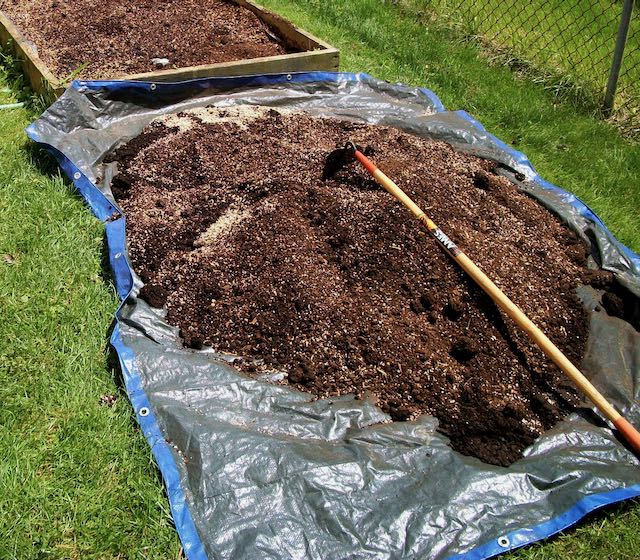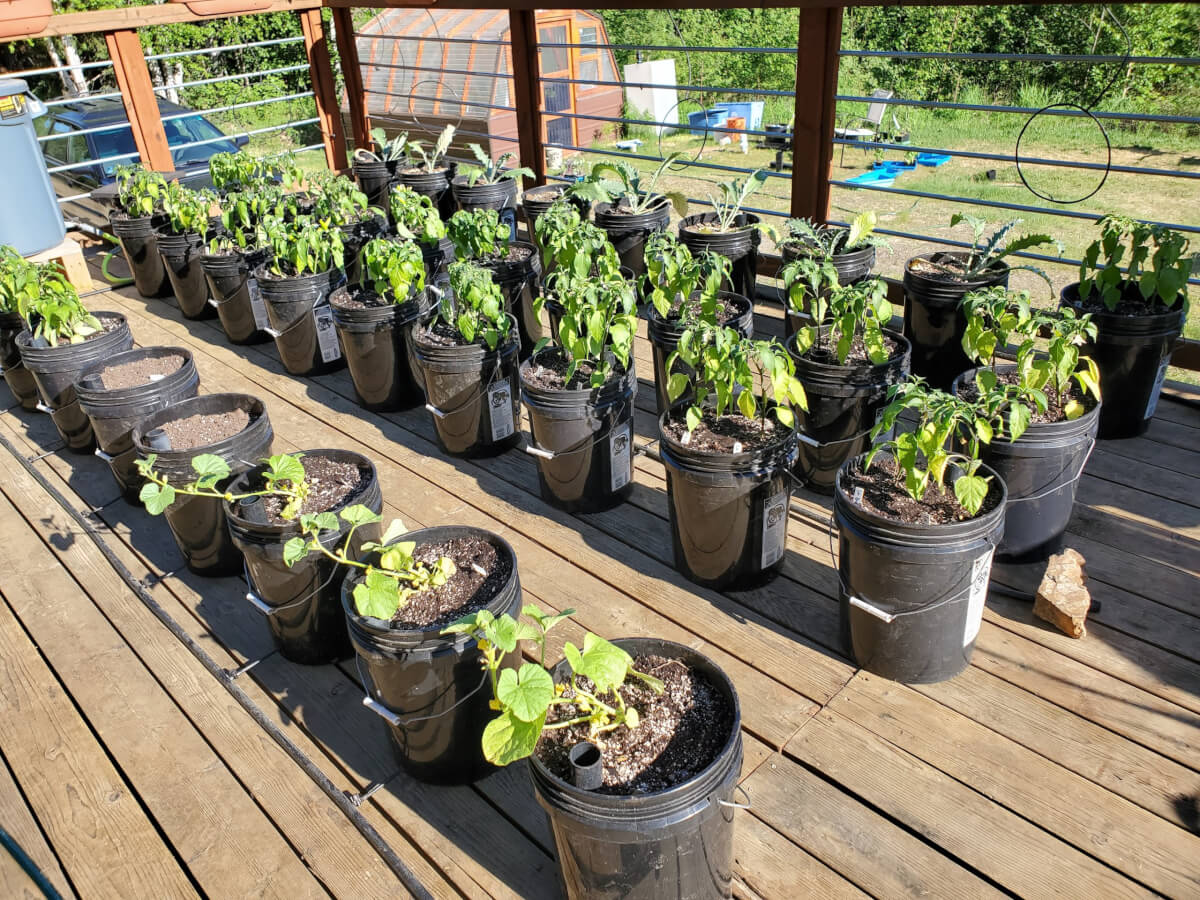Growing garden seeds indoors is a great way to start your gardening season and ensure your plants are healthy before planting outside. It's a helpful technique for gardeners living in regions with a short growing season or uncertain climate conditions. Indoor seeding allows you to manage your plants' environment, including lighting, heat range, humidity, and soil mix, reducing the chance of pests and diseases and increasing the odds of plant survival.
To start your gardening season, you can use store-purchased seed trays or recycled yogurt cups as vessels to keep your seeds. Take your time to find the right soil mixture for your seeds as it may differ for different plants. Starting seeds indoors is an excellent way to guard against pests and diseases and facilitate the all-natural germination process. Indoor seedlings tend to be healthier and more robust than outdoor ones due to the constant light, warmth, and nutrients.
You can start seeds for many plants, herbs, vegetables, annuals, and perennials, allowing you to try out various plants and grow things that aren't readily available from your local nursery or garden center. You can produce your plants with an advantageous start by triggering the development of seeds indoors a few weeks before the last frost, resulting in an earlier yield. Home gardeners in chilly locations will find this particularly helpful since it enables them to grow plants that flourish in warm temperatures.
Starting seeds from packets instead of purchasing costly plants from a nursery is a cost-effective method to grow plants indoors. You can choose the variety that best fits your needs and personal preferences, and seed catalogs often provide a considerably more comprehensive range of seeds than seedlings or transplants.
Starting seeds indoors is enjoyable and informative for many gardeners, allowing them to tend to plants from the moment they are seeds till they're fully developed. It helps you acquire a clear understanding of the gardening process and provides satisfaction and pride in knowing your plants are growing and maturing correctly.
Have You Considered Terrace Gardening At Home
Do You Have A Kitchen Garden?

